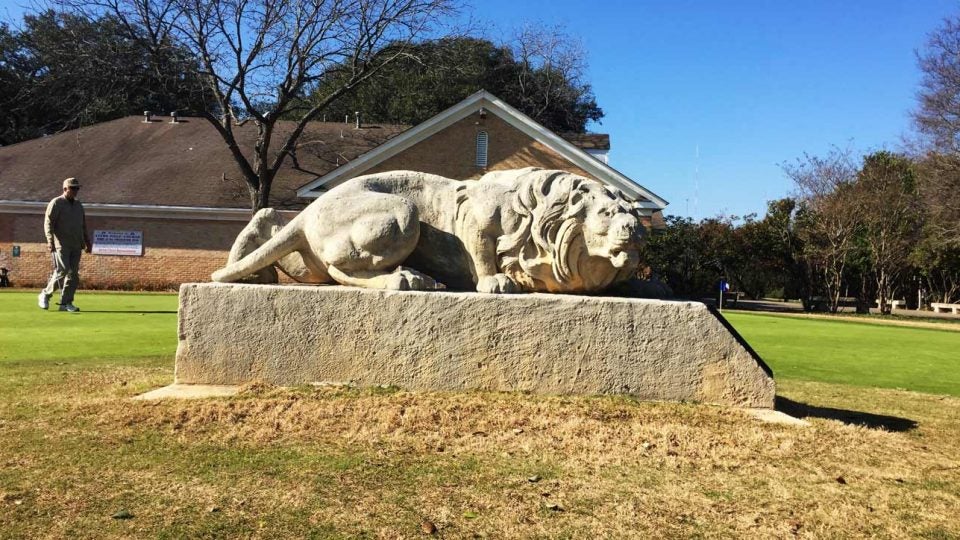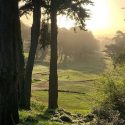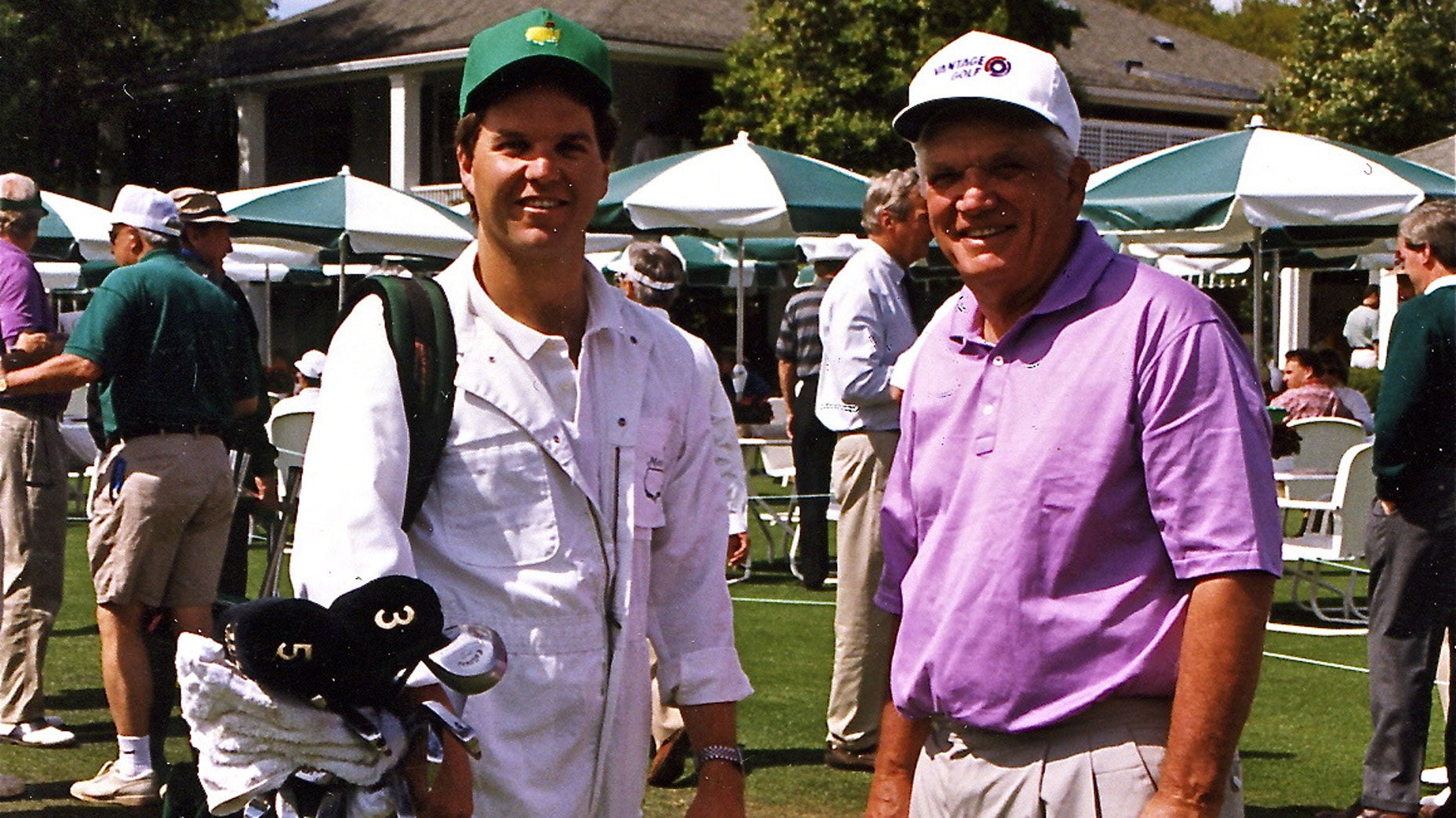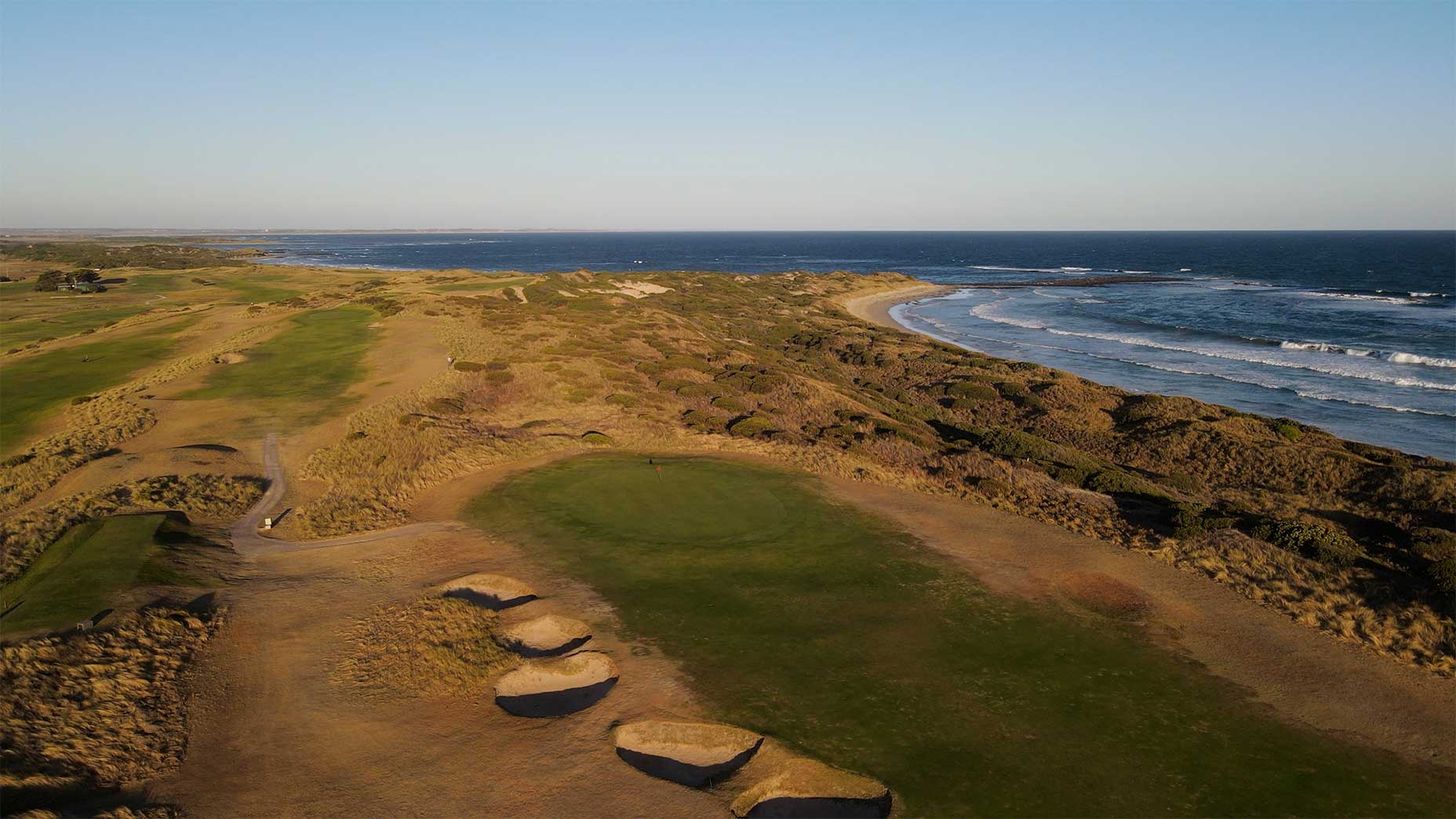 How to play the Old Course in reverse — without flying to Scotland
How to play the Old Course in reverse — without flying to Scotland
Coronavirus closures raise age-old question: What’s the value of a golf course?

This is part of our Muni Monday series, spotlighting stories from the world of city- and county-owned golf courses around the world. This week, Zephyr Melton tells the tale of Lions Municipal Golf Course in Austin, Texas. Got a muni story that needs telling? Send tips to Dylan Dethier or to munimondays@gmail.com.
In different times, Sunday would have been the final round of the WGC-Match Play at Austin Country Club, the culmination of a week spent celebrating golf in Texas’ capital. Instead, Austin’s courses are in limbo. Some have shuttered, obeying Travis County’s shelter-in-place order issued last week. City-owned courses are technically closed, though local news reports plenty of activity on the fairways. It’s a time of uncertainty. But for one Austin municipal course, uncertainty has long been the status quo.
Nestled between downtown and the shores of Lake Austin, Lions Municipal Golf Course — affectionately known as “Muny” — is one of the few remaining centrally located green spaces untouched by the sprawl of a rapidly expanding city. Muny, by refreshing contrast, has stayed largely the same since its founding in 1924. As urban expansion chokes in surrounding sections of Tarrytown, Austinites have referred to Muny as “the lungs of West Austin.”
https://www.instagram.com/p/B-W55R5FvmG/
At its best, Muny serves as a reprieve. It provides green space. It provides opportunity for socializing. And it provides a breath of fresh air, as any good set of lungs should. In the current global climate, the need for fresh air is all the more apparent.
I first got acquainted with Muny when I was in college at the University of Texas. An ill-prepared long-form story pitch led my professor (and now mentor) Kevin Robbins to gently push me in the direction of Muny and its rich history. I learned a lot that semester. Some about myself, about what it would take to be a writer. Mostly though, I learned about this quirky municipal course in West Austin.
I learned that it was the first course south of the Mason-Dixon Line to desegregate. I learned from a Legend of Lions about the grain of the shaggy Bermuda greens and how the grass always grows toward the setting sun. I learned that Ben Crenshaw bought his trusty Wilson 8802 putter in the pro shop, and how passionately he now works to preserve the course. And I learned about the soul of municipal golf. This was a culture of T-shirts and cutoffs, of off-brand sets, with no judgment or evaluation. Golf in pure form.
I’ve spent recent days stuck in my cramped Brooklyn apartment, squarely in the pandemic’s epicenter, but my mind has wandered to Muny over and over. We Texans aren’t used to being told what we can’t do or where we can’t go. But as those freedoms are threatened by an invisible enemy, one of the remaining bastions of normalcy remains going outside and soaking in the natural elements, albeit at a safe distance. In Brooklyn, that’s tough. Seventeen hundred miles away, Muny has always afforded that opportunity.
ADVERTISEMENT

But maybe not for long. Muny exists in a limbo that extends beyond this current purgatory; an Austin without Muny is a reality that locals are having to confront. The course occupies a precarious position in the local ecosystem. Though Lions is owned by the city, the land is owned by the University of Texas. And this land is valuable; it’s estimated in the neighborhood of $200 million. UT wants to lease the land to developers for a hefty profit. The city, residents, golfers and activists — a coalition known as Save Muny — hope to preserve it.
What is the value of green space? Of a public park? Is your answer different now than it was a month ago? Mine is. From these restricted living quarters, the ability to get outside, to take a walk, to feel normal, feels priceless.
If there’s a glimmer of sunshine in these somber days, it’s our collective reappraisal of what’s important. In golf, as in many other things. People have continued to play on, even as golf has been stripped down to its most basic form. No clubhouse. No pro shop. No carts. No flagsticks. Hell, even the cups aren’t the same. But the game persists: Just you and a bag of sticks chasing around a devilish little white ball. The necessary stuff.
That’s what Muny has always represented, in my eyes. It’s a simplicity that can be lost in the trappings of this game, but it’s one that golfers are rediscovering, in closed courses and backyards (and on rooftops!) everywhere. On 141 acres in West Austin. A heck of a place to breathe.
To receive GOLF’s all-new newsletters, subscribe for free here.
ADVERTISEMENT







